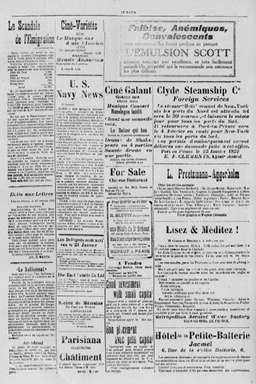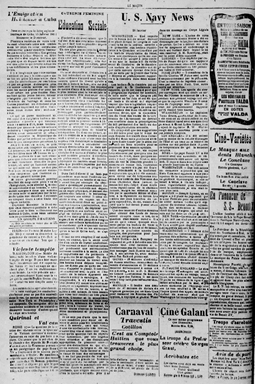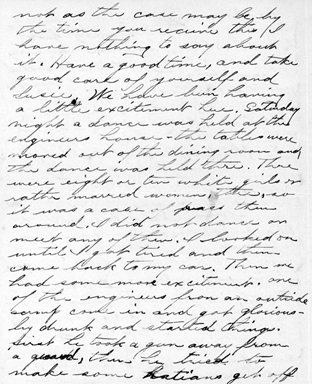"Haitian Migration to Cuba" by Matthew Casey, Ph.D.
Casey is Assistant Professor of History at the University of Southern Mississippi. His publications include an article in the New West Indian Guide and a book chapter in the collection titled Haiti and the Americas (2013).
During the first decades of the twentieth century, approximately 200,000 Haitians left their rural homes for eastern Cuba. In 1913, the Cuban government granted sugar companies the legal permission to recruit laborers from the Caribbean for the yearly harvests. In fact, Haitians had been entering Cuba in small numbers even before legalization. Migration to Cuba increased after 1915; it represented one of Haitians’ responses to the social, political, and economic transformations of the U.S. occupation. Most Haitian migrants were men though approximately 10,000 women also made the journey. Migration was a contentious issue in Cuba. Many sectors of Cuban society claimed that Haitians brought diseases and primitive cultural practices (such as Vodou) to Cuba while stealing wages from native workers. In contrast, sugar companies, many of them wholly or partially owned by U.S. companies, depended on the labor of immigrants.
In Cuba, Haitian sugar workers joined a diverse labor force composed of people from Spain, China, and throughout the Americas. Company administrators sought to divide workers along racial, linguistic, or national lines to prevent strikes. In these segregated systems, Haitians were normally assigned positions as sugar cane cutters. In reality, workforce boundaries were more fluid. Some Haitians moved up within labor hierarchies. They also interacted extensively with individuals of other nationalities during their hours of labor and leisure. A few hundred lettered Haitians lived in Cuban cities. In Santiago de Cuba in 1926, they formed a branch of the Union Patriotique, the Haitian organization that opposed the U.S. occupation.
At the end of yearly sugar harvests, some Haitians traveled back to their homeland. When wages were high, successful return migrants leased or purchased land in Haiti. In leaner years, migrants returned impoverished. Others remained in Cuba after the sugar harvests. A substantial number of those who stayed found work in Cuba’s small but steadily growing coffee industry.
In 1931, the Cuban government halted Caribbean immigration. Throughout the 1930s, almost 40,000 Haitians were forcefully deported from Cuban soil. Nevertheless, untold thousands remain in Cuba where their descendants continue to live.


